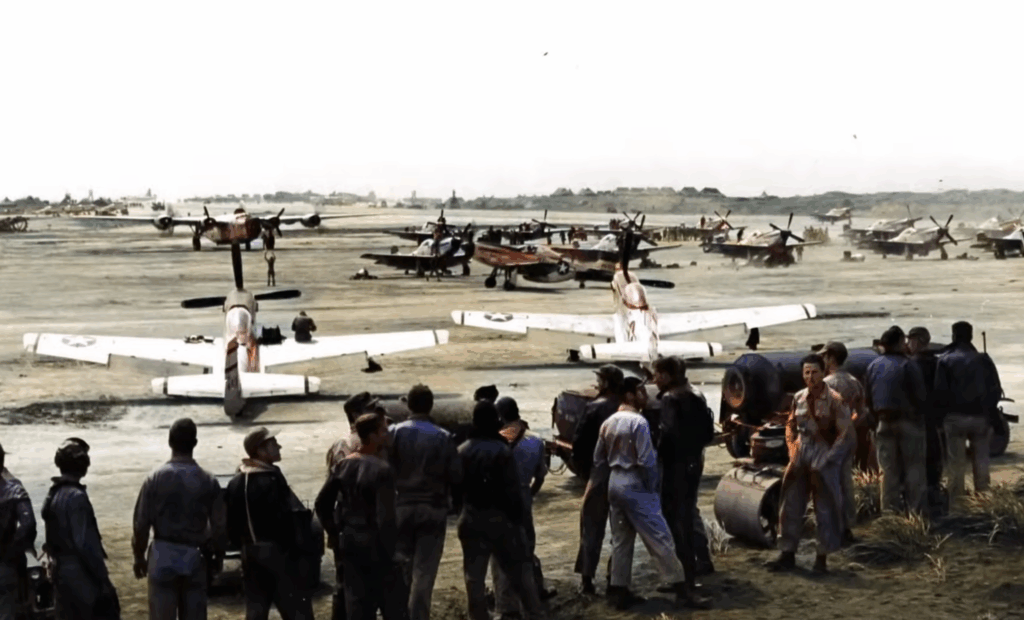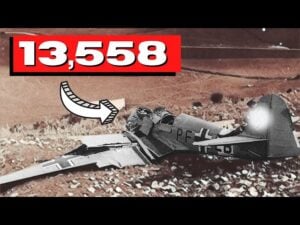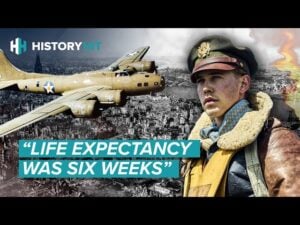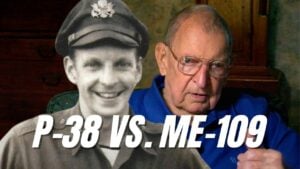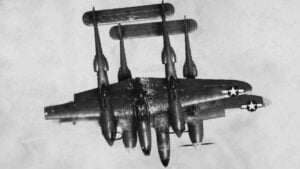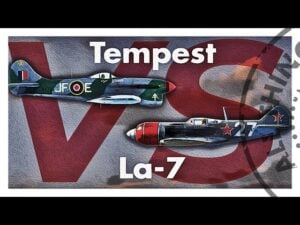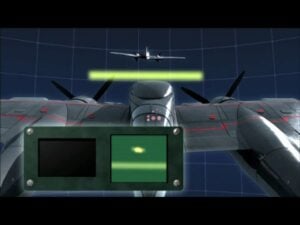5 WWII Fighter Plane Myths Hollywood Keeps Getting Wrong
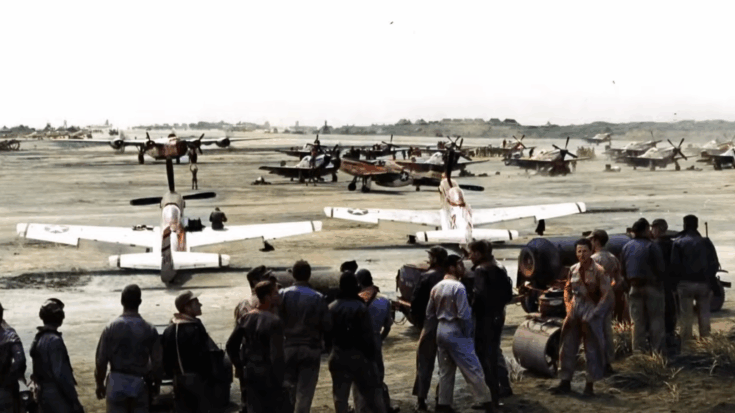
The Second World War Tales / YouTube
The Myths of the Silver Screen
Movies about World War II have shaped how people imagine the skies of that conflict. Directors often show dramatic duels between fighter planes, long battles where pilots twist through the clouds, trading shots until one explodes in flames. But history tells a different story. Fewer than one in five victories came from such dogfights. Most successful attacks began with surprise—fighters striking from behind, out of the sun, or when the target never saw the enemy coming.
To understand the difference between film and reality, it is worth looking at five of the most common myths about World War II aircraft. These stories may look good on screen, but they rarely match the experience of those who actually flew.
Myth One: The P-51 Mustang Was the Best Fighter
In movies, the P-51 Mustang is shown as nearly unbeatable, darting through the skies as though no enemy could touch it. While the Mustang was fast and could fly deep into enemy territory, another American fighter, the P-47 Thunderbolt, proved even more durable. Records show that for every Thunderbolt lost in combat, the Mustang lost about one and a half. The Thunderbolt could absorb enormous punishment, sometimes taking over 2,000 bullet hits and still making it home. Pilots even landed safely with parts of their engines destroyed. By contrast, the Mustang’s liquid-cooled engine was vulnerable; a single hit to the cooling system left less than two minutes before failure.
The difference meant that while Mustangs escorted bombers over long distances, Thunderbolts often brought more of their pilots home alive. Both were important, but durability gave the Thunderbolt an edge that films rarely mention.
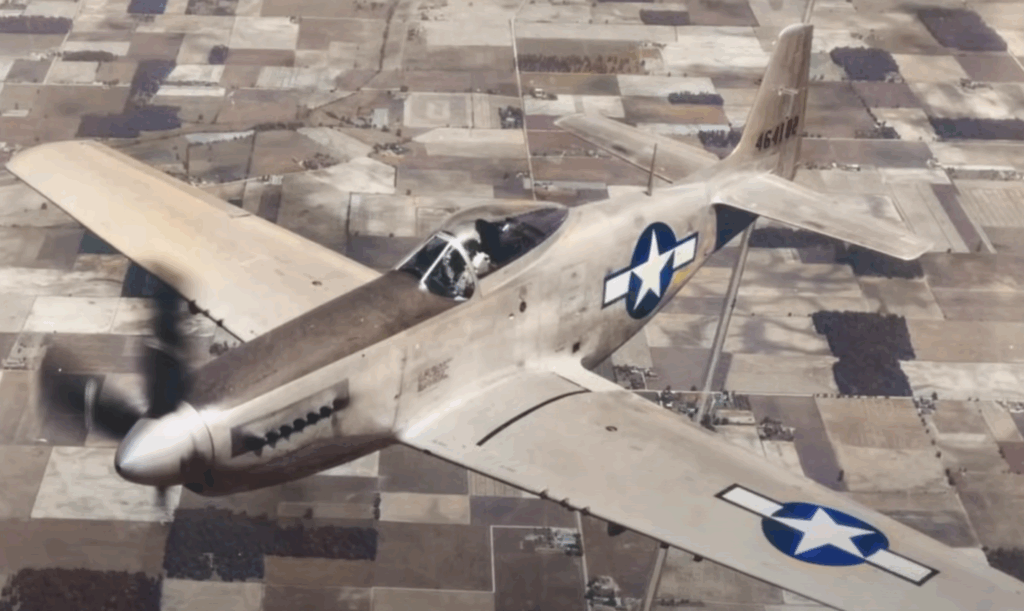
Myth Two: The Spitfire Won the Battle of Britain
The Supermarine Spitfire has become the symbol of Britain’s stand in 1940. Its sleek design made it popular in both propaganda and later films. Yet, statistics show the Hawker Hurricane carried most of the weight. During the battle, Hurricanes destroyed about 60 percent of German aircraft. The reason was simple: there were more Hurricanes, and they were easier to maintain. Their fabric-covered wings could be patched quickly, sometimes sending a damaged fighter back into the air the same day.
Spitfires certainly played an important role, but the battle would likely not have been won without the sheer numbers and quick repair times of the Hurricane. The aircraft that turned the tide was not the one with beauty and fame, but the one that was cheaper, practical, and available in greater numbers.
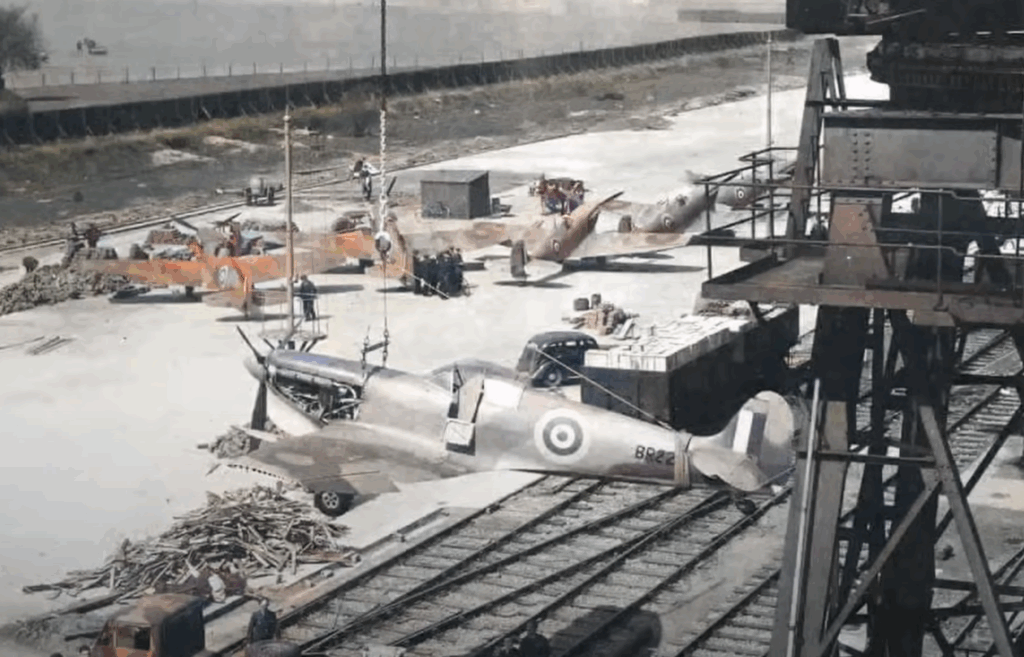
Myth Three: The Zero Was Invincible
Another favorite of Hollywood is the Japanese Zero. In early war films, American pilots are often shown as helpless against its speed and agility. For a time, the Zero did dominate. But pilots soon discovered its weakness: above 350 miles per hour, the controls stiffened and the ailerons locked. American fliers learned to dive away at high speed, and the Zero could not follow. By 1943, this tactic reversed the balance. What had once been a feared opponent became vulnerable when its limits were understood.
This shift shows how quickly tactics could overcome even the best aircraft design. The Zero was dangerous when used well, but it was far from invincible.
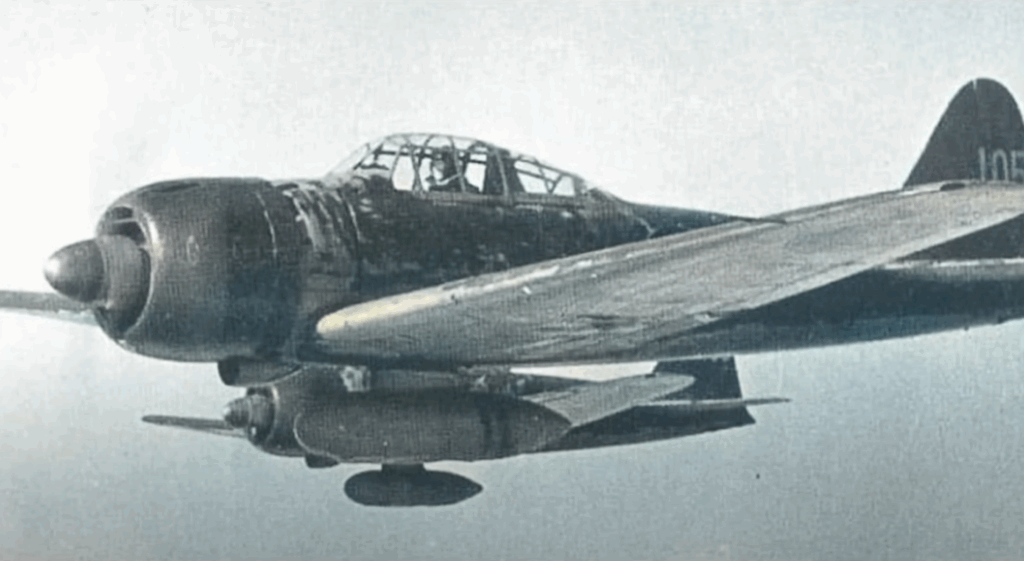
Myth Four: The Bf 109 Was a Super Weapon
German records claimed thousands of victories by Bf 109 pilots, with some aces credited with hundreds of kills. The truth was far less impressive. Careful comparison of combat reports shows overclaiming on a massive scale. In some cases, claims were inflated by as much as five times the actual losses suffered by their enemies. Many aircraft listed as destroyed were still flying missions the next day.
This does not mean German pilots were not skilled, but it reveals how propaganda and misreporting distorted the picture. Numbers presented to the public often served morale more than accuracy.
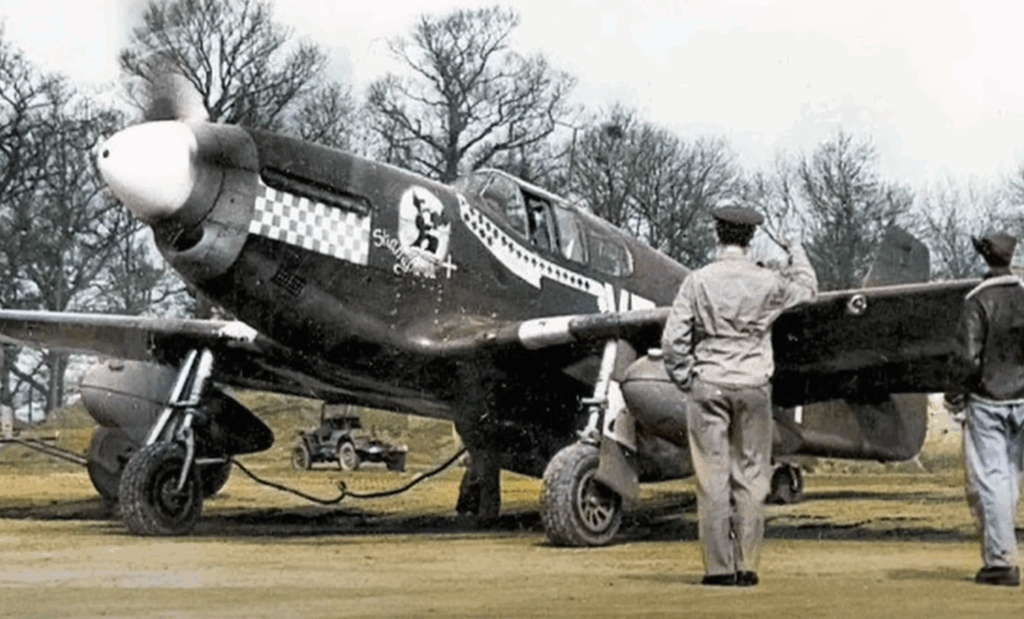
Myth Five: The Corsair Was Too Dangerous for Carriers
The Vought F4U Corsair earned a reputation as a difficult carrier plane, shown in films bouncing hard on landings and nicknamed the “Ensign Eliminator.” But by 1944, it had one of the lowest accident rates of any U.S. Navy fighter. British forces had already solved its landing challenges by adjusting their technique a year earlier. While early difficulties were real, Hollywood has continued to highlight the problems of 1942 rather than the successes of 1944 and beyond.
In truth, the Corsair became one of the Navy’s most reliable fighters. It not only landed safely on carriers but did so with fewer accidents than the Hellcat or Wildcat, which films portray more favorably.
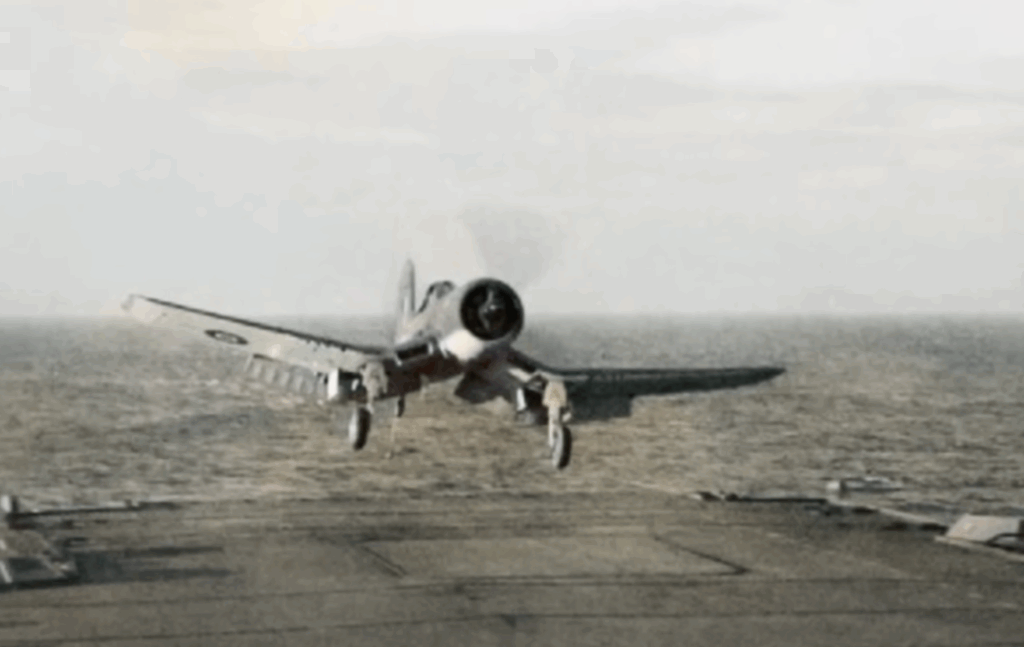
The Reality Behind the Legend
The hardest truth to accept for moviegoers is that the average fighter pilot never became an ace. In fact, most never shot down a single enemy aircraft. A tiny fraction—about five percent of pilots—accounted for ninety percent of kills. Many losses came not from combat but from fuel exhaustion, mechanical failure, or navigational errors.
As one captured German officer remarked after the war, Hollywood makes every pilot an ace. In reality, most were simply trying to survive another day in the sky.
